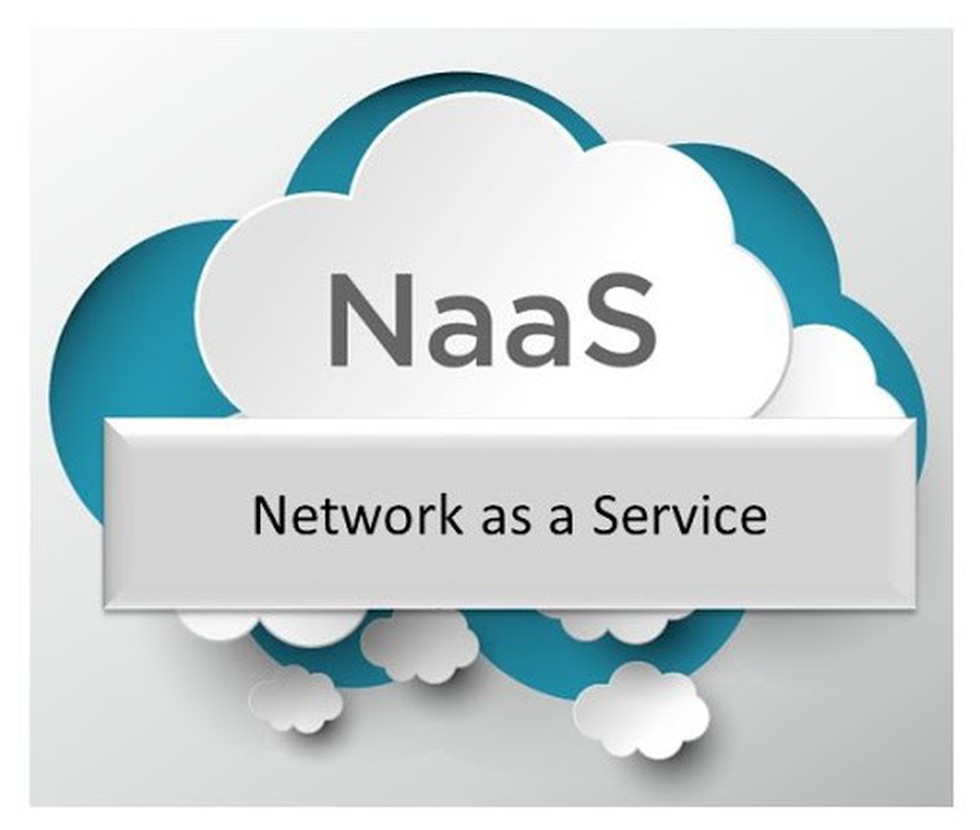About Network as a Service (NaaS):
- It is a cloud service model in which customers rent networking services from a cloud vendor instead of setting up their own network infrastructure. It allows customers to operate their own networks without maintaining their own networking infrastructure.
- Like other cloud services, NaaS vendors run networking functions using software, essentially allowing companies to set up their own networks entirely without hardware. All they need is Internet connectivity.
- It is a flexible, scalable, and affordable option for organizations since it enables them to allocate network resources as needed.
- It can replace other networking systems that often require more work and provide less agility, such as virtual private networks (VPNs) and multiprotocol label switching (MPLS).
- In addition, by using NaaS, you can shift your networking system to your provider, who can also give you security services to keep your network environment safe. This means you don’t have to invest in on-premise firewalls and other security appliances.
- The provider may offer customers a range of different options, such as:
- Managed services, where the customer pays to use hardware on a subscription basis while the provider operates and maintains it
- Rented hardware, which is when the provider owns networking hardware and allows the customer to rent it from them. In this situation, customers have to install and operate the equipment themselves.
- Full NaaS, where the provider handles everything in relation to the networking hardware, including installing and operating it.
